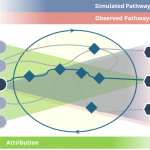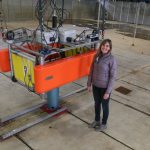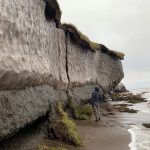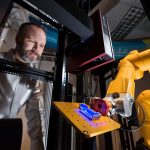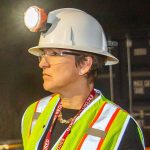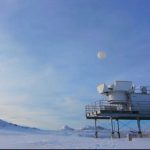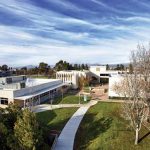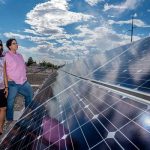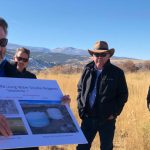Climate security focus of workshop series with University of Illinois Urbana-Champaign
More than 30 people from Sandia and the university participated in a workshop on Feb. 11 focused on climate-modeling research.
Building systems engineer helps lessen climate impact of Sandia’s campuses
Robin Jones is dedicated to conservation through her work and at home. Read how it has informed her career, her contributions to climate security and her advice for educating others on the climate crisis.
Making waves to combat climate change
Meet Sandia water systems expert Kelley Ruehl and read about her unconventional path to becoming an engineer.
Atmospheric scientist uses statistical approaches to study climate impacts
Researcher Diana Bull discusses her definition of climate security, her latest project CLDERA and how to educate others about the climate crisis.
Sandia scientist to lead Minerals, Metals and Materials Society
Brad Boyce brings his experience in materials science to his three-year tenure with the society.
Women @ Energy blog features Sandia director
Amy Halloran, director of nuclear fuel cycle and grid modernization, has been recognized by the DOE in a series that honors women in STEM fields throughout the DOE complex.
Sandia-operated Arctic measurement facility moved, research to continue
Look back on eight years of collecting critical data on the North Slope of Alaska.
Sandia poised to help lead national energy, homeland security efforts for coming decades
The Energy and Homeland Security portfolio includes the formation of a climate change center in January and more than 40 cybersecurity projects for the Department of Homeland Security.
Sandia uncovers hidden factors that affect solar farms during severe weather
Researchers use machine learning to determine the age of a solar farm and the amount of cloud cover, both factors that affect farm performance in severe weather.
Using a mineral ‘sponge’ to catch uranium
Remediation technology reduces uranium levels 10,000-fold at legacy site in Colorado
